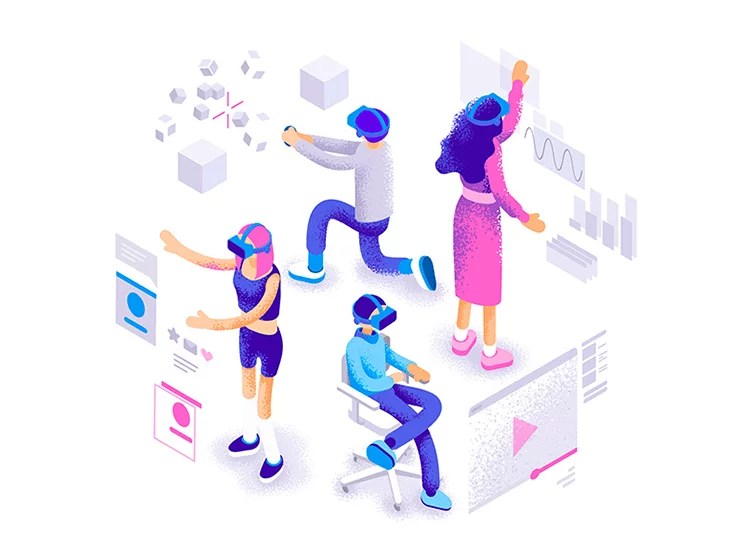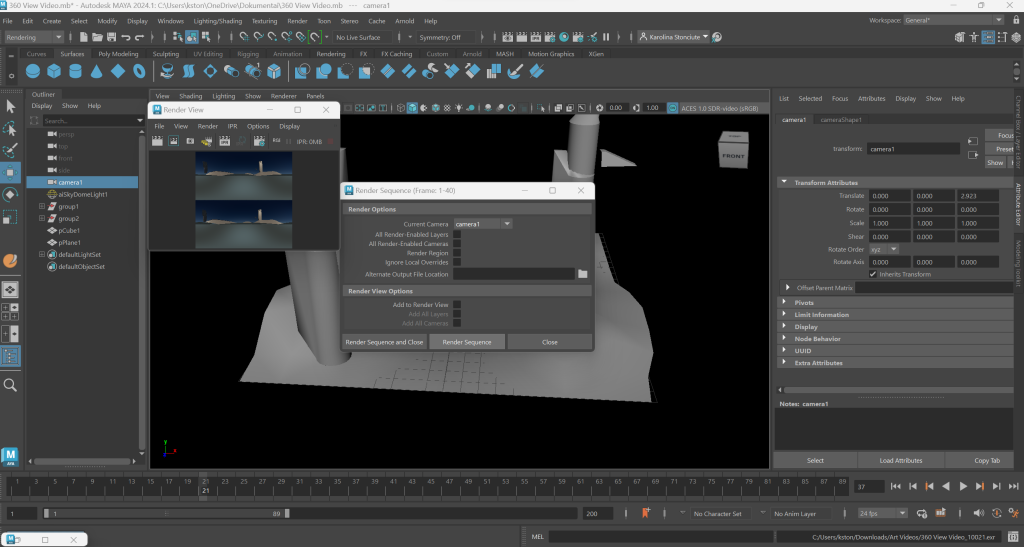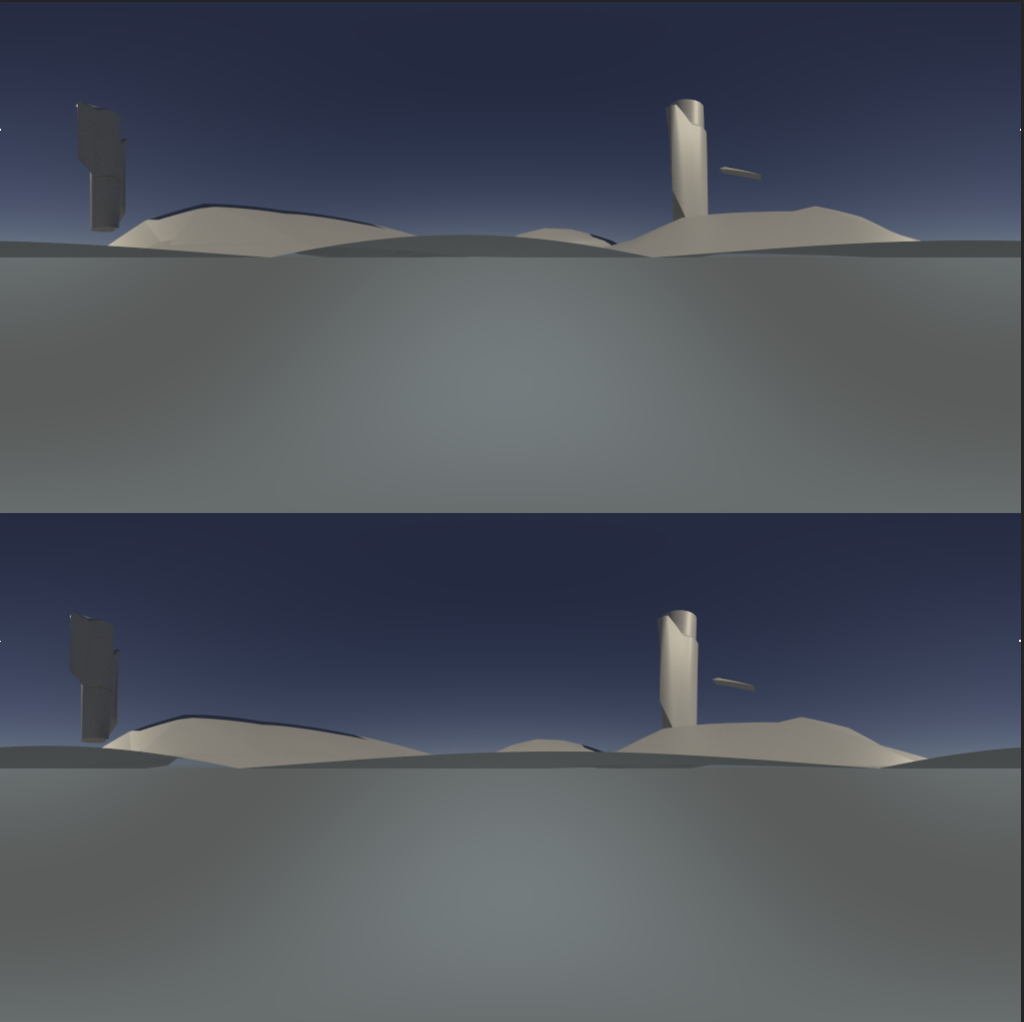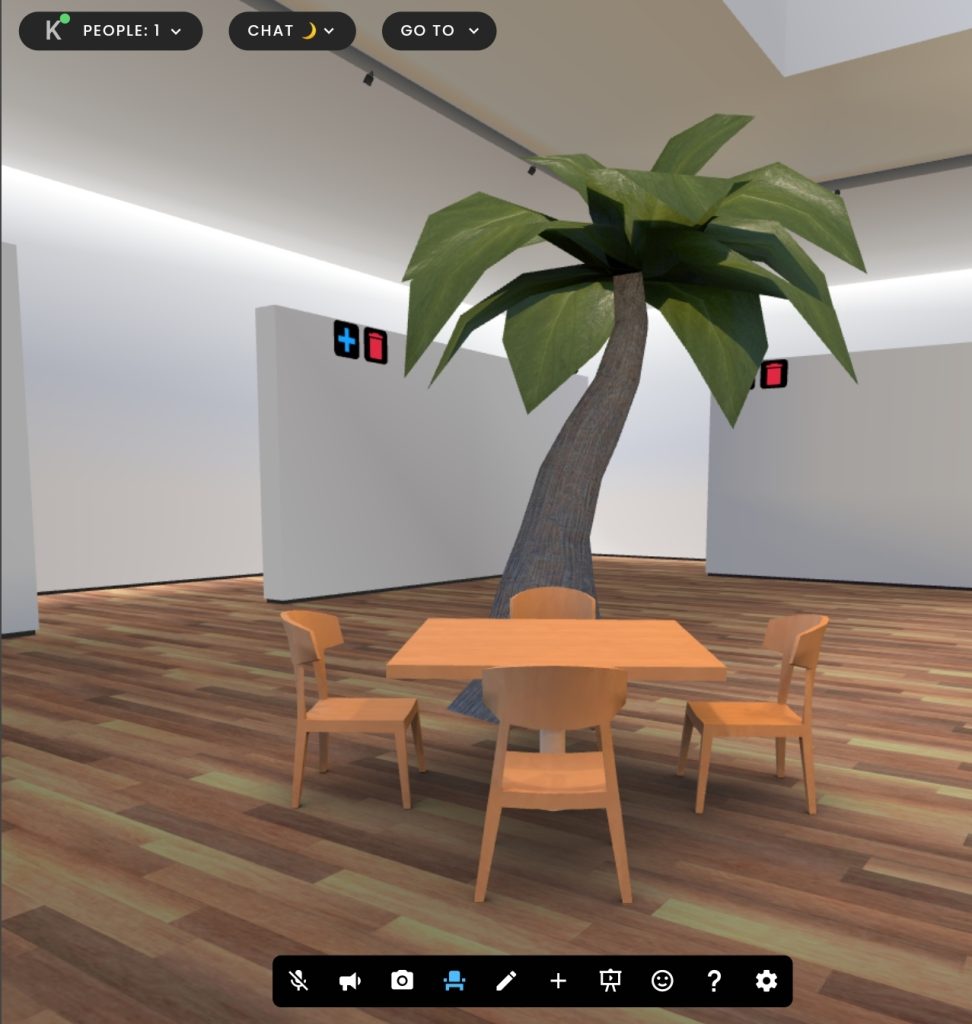What is VR?
VR is, as the name suggests, a virtual environment into which the user can enter and experience as their own reality. There has been a lot of experimenting in VR design in the previous several years. Despite the fact that it has been there since the 1960s, VR design has only recently risen to the fore (Joseph Downs, Justinmind, 29 August 2019).

Advantages of 360 VR User Experience
Users can have an extremely engaging and interactive experience with VR. Virtual reality has many applications and uses, including entertainment and education. To keep people interested and pleased with their entire experience, designers can produce extremely immersive experiences (Ramotion, 16 January 2023).
Limitations of 360 VR User Experience
When incorporating 360-degree video, keep in mind the possibility of viewer weariness and confusion. The format’s immersive aspect can be both a strength and a weakness, since some viewers may find the experience overpowering or confusing, especially when viewed with a VR headset. This can result in a poor user experience and discourage some visitors from engaging with your material (Marcin Frackiewicz, TS2, 10 July 2023).
360 3D Content Using Maya – Week 1


WebVR – Week 2

Summary
It was decided to use Frame VR for personal projects and further development after testing them out. Frame VR enables the creation of the virtual reality world beyond the headset, which is why this choice was picked. Multiple people can access the area and more media can be imported into it. With simply the website connection, the user can access the VR scene, making the smartphone an additional VR headset which could solve with fatique and VR sickness.
References
Joseph Downs, Justinmind, 29 August 2019. 18 AR, MR and VR design principles [Online] (n.d.) Available at : https://www.justinmind.com/blog/vr-design/ [Accessed in 15 October 2023]
Ramotion, 16 January 2023. VR in UX Design: Basic Guidelines for a Better Experience [Online] (Updated in 22 August 2023) Available at : https://www.ramotion.com/blog/vr-in-ux-design/ [Accessed in 15 October 2023]
Marcin Frackiewicz, TS2, 10 July 2023. The Pros and Cons of 360-Degree Video for Businesses [Online] (n.d.) Available at : https://ts2.space/en/the-pros-and-cons-of-360-degree-video-for-businesses/#google_vignette&gsc.tab=0 [Accessed in 17 October 2023]
